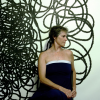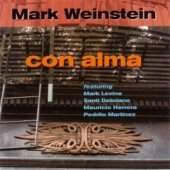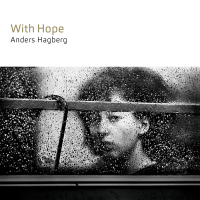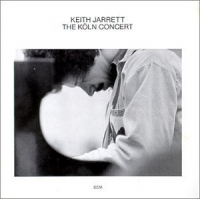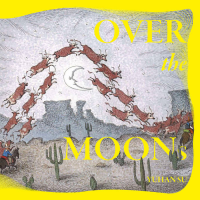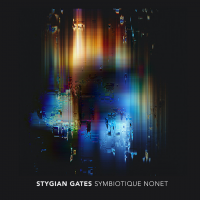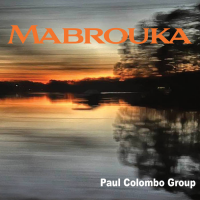Home » Jazz Articles » Album Review » Milford Graves: Percussion Ensemble
Milford Graves: Percussion Ensemble
The music defies stereotyping. It is not concerned with keeping time or playing riffs. Rather, the two players are just talking in "drum" using their hands as mouthpieces. The continuation of their movement not only exhales a tonal diversity, which unfolds unpredictably and without precedence, but also evolves without destination. There is no place to go except where the music takes them.
Although Graves and Morgan had, within their reach, instruments that fall within the category of percussion, the richness of the vocabulary applied to them pushes the sound beyond the realm of expectation. Because every percussive phrase or succession of phrases is essentially complete, the twosome breaks patterns before even establishing them, rendering the music more immediate than time itself. This is not to say that the phraseology implies isolation of musical events, rather that one event follows another with a logic that can only be activated when the mechanism for choice is totally innate.
Graves widens the vast expanses of the abstract soundscape with the rapidity of his hand movements on the drums, periodically complementing the sonic tautness of the skins with the reverberations of a gong or two ("Nothing 5-7"). Morgan carries the thread of Graves' largesse with a process that is often indistinguishable from it ("Nothing 11-10"). The bells and shakers are a means to break the steadiness of the drumming, to relieve the intensity that grows out of it ("Nothing 13"). It is not until the final, lengthiest "Nothing" that a story seems to ensue. A detailed, insistent expression of agitation starts on the metal edges of the drums, progresses to the skins, a tambourine, and the guiro and gradually develops into a robust pounding of the drums. The luminescent explosiveness from the gongs intervenes sporadically, which sound provides contrast to that of the drumming. The recording ends with a strange instrumental thud.
That the entire album is phases of Graves' piece entitled "Nothing" speaks more loudly that its title implies. The message harkens to the birth of the drum, intended, in part, for communicating over distances and as a powerful healing tool. So 'nothing' does in fact become 'something' to transmit the tenderness and seriousness of the battle cry for racial equality in a civilized world.
The year before Graves recorded this album in 1966, Whitney Balliett attended a concert where Graves played in a large ensemble. In his review, in which he described the group's collective improvisation as "self-indulgently long," he also wrote that he only "suspected" that Graves "would become the modern counterpart of such pioneering drummers as...Max Roach." Little did he know that Graves would be the musician most recorded on ESP.
Track Listing
Nothing 5-7; Nothing 11-10; Nothing 19; Nothing 13; Nothing.
Personnel
Milford Graves
drumsMilford Graves: drums, bells, gongs, shakers; Sunny Morgan: drums, bells.
Album information
Title: Percussion Ensemble | Year Released: 2008 | Record Label: ESP Disk
Tags
PREVIOUS / NEXT
Support All About Jazz
 All About Jazz has been a pillar of jazz since 1995, championing it as an art form and, more importantly, supporting the musicians who make it. Our enduring commitment has made "AAJ" one of the most culturally important websites of its kind, read by hundreds of thousands of fans, musicians and industry figures every month.
All About Jazz has been a pillar of jazz since 1995, championing it as an art form and, more importantly, supporting the musicians who make it. Our enduring commitment has made "AAJ" one of the most culturally important websites of its kind, read by hundreds of thousands of fans, musicians and industry figures every month.

